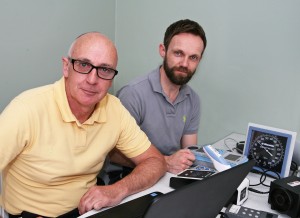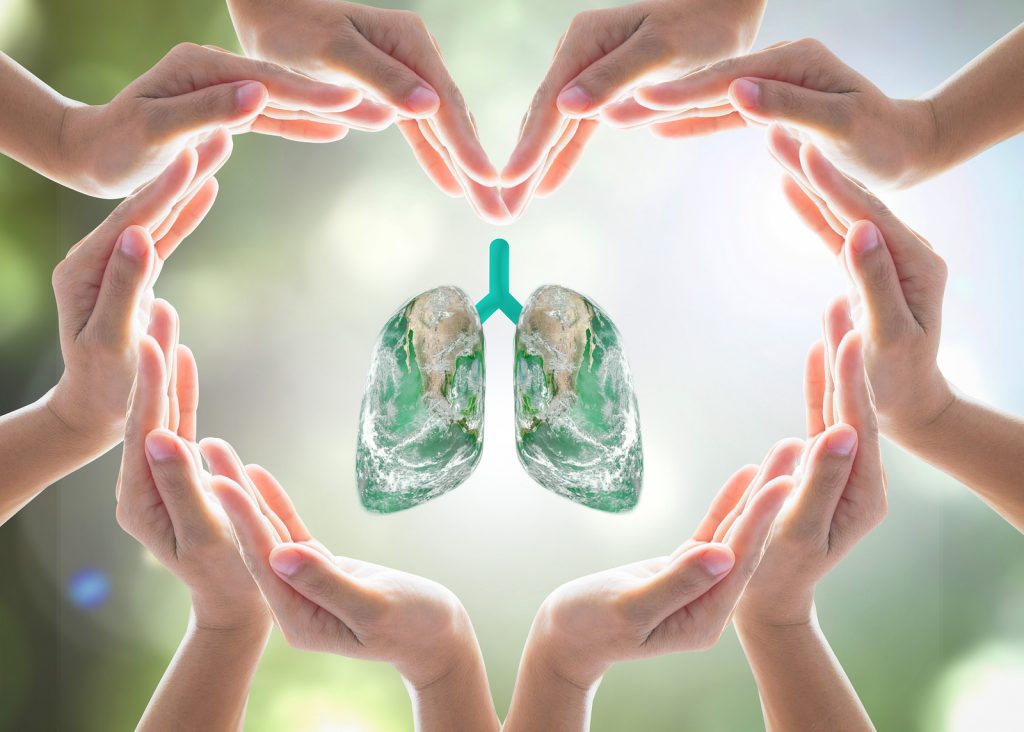The normalisation of heart rate and blood pressure after only 20 minutes of stopping smoking indicates the dramatic effect tobacco has on our bodies and the simplicity of benefits to one’s health if quitting for good.
Smoking remains a high-risk factor for the development of coronary heart disease, stroke and peripheral vascular diseases. Issues which the World Health Organisation and its partners, across the international health community, have decided to tackle with increased vigour in recent years, through a series of campaigns to increase public awareness, lobby government bodies and promote continued scientific study.
This is a significant challenge as there are approximately 1.1 billion smokers on the planet. The latest study by the Office for National Statistics (ONS) identifies that “In 2016, of all adult survey respondents in the UK, 15.8% smoked which equates to around 7.6 million in the population”. Among current smokers in Great Britain, men smoked 12.0 cigarettes each day on average whereas women smoked 11.0 cigarettes each day on average; these are some of the lowest levels observed since 1974.
Smoking’s Effect On High Blood Pressure And Cardiac Abnormalities
Blood pressure is increased as soon as the smoker lights a cigarette. In parallel, heart rate increases considerably for about forty minutes as a result of each smoked cigarette. The more cigarettes which are smoked in a 24-hour period, the more the heart muscle are put under considerable stress, and blood pressure drops only during the period of abstinence, that is, when the smoker is asleep. A rise in blood pressure causes narrowing of the arteries which may lead to infarction (heart attacks), strokes and other serious cardiovascular events. Finally, smoking reduces the effectiveness of treatments for high blood pressure.
Cigarettes contain many carcinogenic molecules and nicotine. This last molecule has the effect of increasing the heart rate and acting on the blood vessels. Nicotine narrows the diameter of the vessels, causing a rapid rise in blood pressure. In smokers, smoking increases blood pressure for 20 to 40 minutes. In heavy smokers, this increase may be permanent, so nicotine may decrease the action of antihypertensive drugs. Stopping smoking greatly improves the condition of the vessels. (After three years, the vessels are similar to those of a non-smoker.)

Smoking’s Effect On COPD And Chronic Bronchial Obstruction
On the other hand, chronic obstructive pulmonary disease (COPD) and bronchial obstruction are both tobacco-related diseases that are accompanied by a breathlessness, all the more formidable as it becomes progressively more disabling, and strongly affects the quality of life (when shortness of breath appears, the respiratory capacity is already halved).
What is the risk for a smoker to have COPD?
- If we take 100 smokers (at any one time and of all ages), 50% have chronic bronchitis and 20% have COPD (some people do not know).
- If we take 100 smokers aged 65, 50% have COPD.
- If we consider all subjects over 40 who have smoked 1 pack/day for at least 10 years (or 2 packs/day for 5 years), the risk of COPD is around 30 %.
Smokers who continue smoking until age 65 have a 50% risk of developing COPD. In other words, the more one smokes,

Collective Action And Individual Empowerment
The number of studies which recognise tobacco as a leading cause for the death of thousands of people every year is colossal! Yet, there has been a lack of reporting on diseases developed by passive smokers, those who rub shoulders with smokers on a daily basis and who breathe in their tobacco smoke. This is the case of many children and young people whose parents smoke in the home, as well as for employees and the general public who have to be in close contact with smokers, even when there are designated smoking zones, whilst at work or in social scenarios.
The plan of attack recommended by the World Health Organisation for companies and government agencies to follow is outlined by the acronym – [E] M P O W E R:
- Monitor: monitoring tobacco consumption
- Protect: protecting the general population from smoking, by introducing anti-smoking measures such as bans in public places, at work or on public transport.
- Offer: offering help to those who wish to quit smoking
- Warn: to warn the public of the negative effects of tobacco on health
- Enforce: to ban tobacco advertising entirely
- Raise: to increase the price of tobacco and tobacco taxes to reduce consumption
Stopping smoking is essential to protect one’s health. And even if you’ve been smoking for a long time, it’s never too late to say stop smoking. It is scientifically proven that the benefits of stopping smoking are immediate, for example: – normalisation of heart rate and blood pressure after 20 minutes; – reduced risk of myocardial infarction after 24 hours of weaning since CO (carbon monoxide) is eliminated from the blood in 1 day; – improvement of sleep, smell and taste after 48 hours; – increased breath, coughing and reduced fatigue after 15 to 90 days of cessation;- a former smoker is no more likely to have a stroke than a non-smoker if they quit smoking for a year.
If quitting allows you to live longer in good health, it is best to refuse a cigarette and stick to that decision.

Forest Medical Calibration Services
As we specialise in medical equipment testing, we can provide all the help you need to keep your home blood pressure monitor in excellent condition and working at its very best, ensuring that you can continue to receive accurate results and stay well informed about your health. Whether your monitor requires a repair or you simply wish to make sure it is in full working order and giving you accurate readings, we can provide the help you need.
Our service is fast and convenient for you, so you are not left without your vital medical equipment for long periods of time. We aim to complete the calibration and checking of your equipment within 24 hours, and if required, we can repair it free of charge. If you have any concerns about your home testing equipment, send it to us and let us help you keep an eye on your heart health with our medical equipment testing services.

